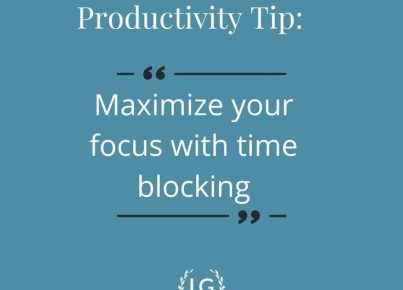Are you looking for strategies to help you sharpen your students organizational skills? If so, keep reading.
- Demonstrate organization and appropriate use of learning materials (e.g., putting learning materials away before retrieving others, having a space for all learning materials, keeping an organized desk area, following the daily schedule, etc.).
- Let logical consequences happen (e.g., work not done during work time must be made up during leisure time, learning materials not maintained will be lost) because of the learner’s failure to organize or use learning materials appropriately.
- Let the student finish a learning experience unless it is troublesome to the schedule.
- Assess the clarity and quality of directions, explanations, and instructions given to the learner.
- Designate a peer to work with the learner on specific learning activities to make sure the learner has the learning materials appropriate to do the learning experience.
- Urge the learner to create a routine (schedule) of asking themselves, “Do I have everything?” before leaving home each morning.
- Get the learner to leave the appropriate learning materials at specific learning experience areas.
- Support the learner in discovering a system of organization that works best for them (e.g., subject folders, tabbed binder, checklist, etc.).
- Connect with parents to disseminate information about the learner’s progress. The parents may reinforce the learner at home for being prepared/organized for specific learning activities at school.
- Create monthly calendars to keep track of essential activities, due dates, tasks, etc.
- Do not accept excuses. The learner must know that, regardless of the reasons, it is appropriate that they take responsibility for not turning in a math assignment, losing pencils, etc.
- Get the learner to record the number of times they are prepared/organized for specific learning activities.
- Urge the learner to gain an understanding of themselves and their surroundings. Train the learner to periodically step back and ask themselves, “What learning materials do I need to finish this task?” “Did I put my task in the correct folder?”
- Get the learner to list five attributes of an organized person. Get the learner to select one of those attributes to work on each week for five weeks.
- Urge the learner to keep the appropriate learning materials for specific learning activities together (e.g., gym clothes in a gym bag in the car, backpack with all school-related learning materials by the door, etc.).
- Minimize distracting stimuli (e.g., place the learner on the front row, give the learner a table or quiet space away from distractions, etc.). This is used as a way to get rid of distracting stimuli, not as a punishment.
- Urge the learner to manage their everyday lives as if they were self-employed. This should increase their motivation to be organized and fulfill their duties.
- Urge the learner to put objects that should be taken to school in a designated space (e.g., by the door, at the bottom of the stairs, etc.).
- Select various people (e.g., counselor, paraprofessional, peer, etc.) to help the learner keep the organization of tasks, learning materials, etc., at school.
- Give the learner an appropriate space to store/secure personal items (e.g., desk, locker, closet, etc.). Make the learner put away all items when not in use.
- Click here to view a list of apps that we recommend.



